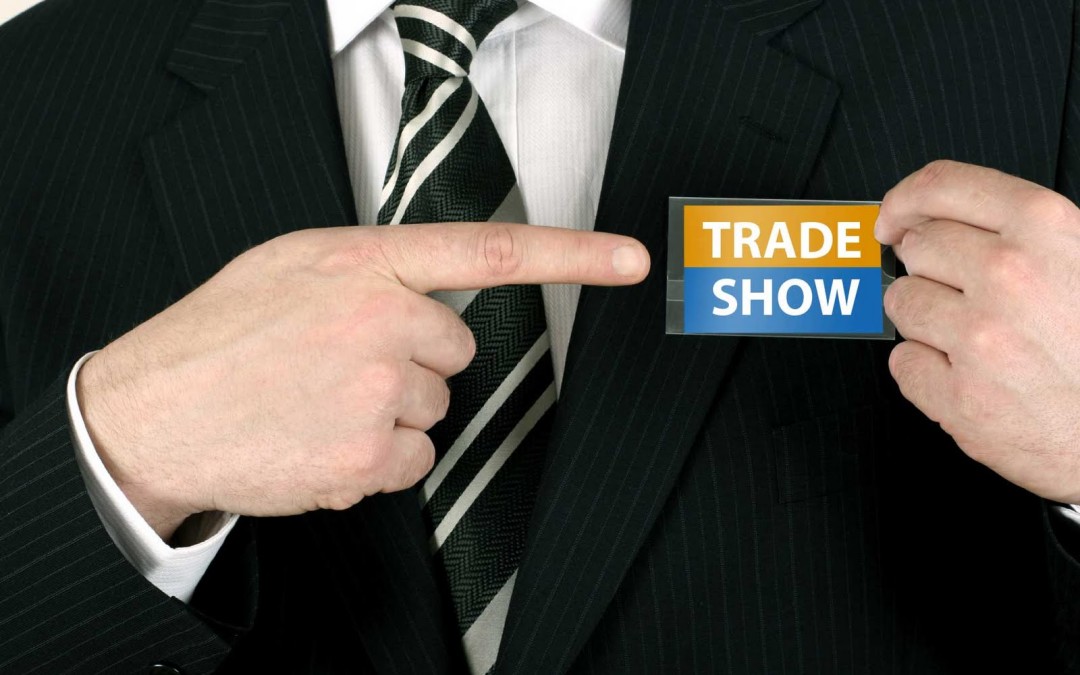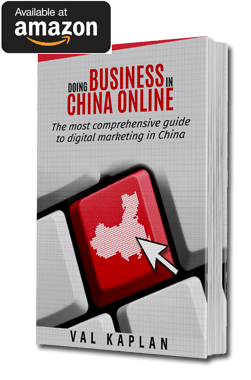What are the most efficient ways to communicate with Chinese companies from the seller’s point of view? The answer to this question depends on what type of product or service you are selling and at what stage of the sales process you are. Making an initial contact, contacting repeated customer or maintaining a relationship require slightly different approaches, one of which is participation in trade shows/exhibitions and conferences.
The following conclusions are primarily based on our B2B marketing experience in China as well as the research by Matthew Harrison and Mark Hedley of B2B International.
Exhibitions and Conferences
Exhibitions and Conferences are one of the most efficient ways to establish the first contact and help maintaining brand awareness in the market. Largely seen as a waste of time and money by Westerners, trade shows enjoy huge popularity in China with their number growing every year.
Obviously, setting up a trade show presence is one of the most expensive marketing promotion events but it is essential at the introductory stage and is great to establish the first contact. Cost can also be kept lower if you decide to partner up with another company, your agent or distributor. You don’t need to have a grand booth with lots of square footage to make an impression but an attractive and memorable design is very important.
Your spending time and money on trade show presence also would help to convince potential buyers that you are committed to the local market and are here to stay.
Well designed posters, strategically positioned video monitors and nice gifts to your visitors can go a long way in bringing traffic to your booth which is, ultimately, what you want at a trade show.
As Matthew Harrison and Mark Hedley of B2B International noted in their white paper:
“Chinese visitors would feel much more comfortable dealing with a company that they have seen at the exhibition, even if it was just a first introduction. Your spending time and money on trade show presence also would help to convince potential buyers that you are committed to the local market and are here to stay.
It is also worthwhile remembering that exhibitions are an indirect form of marketing and seldom result in immediate sales leads in the short term. The benefits of attending such exhibitions can seem frustratingly intangible to Western companies, since there is no way to assess their true impact on sales. It may be the case that Chinese business people are culturally disposed to over-emphasize the importance of trade shows and exhibitions, although it is also the case that companies that fail to attend key exhibitions can create a negative impression with customers just by virtue of being absent.”
Vast majority of the trade shows take place in 1st tier cities: Shanghai, Beijing, Shenzhen and Guangzhou but recently, more and more of them are getting organized in 2nd and 3rd tier cities as well.
Here is a great resource listing nearly all exhibitions, trade shows and conferences in China: http://www.eventseye.com/
If you are contemplating your first trade show in China, this is what I suggest to consider in advance:
- Always go for the largest and the most attended show in the primary location of your customers;
- Make a booking as early as possible as good spots are gone very quickly. Some organizers sell the spots by bidding which you, or someone from your staff, has to attend;
- Visit the show a year earlier to get the feel of it. Look for the most interestingly looking booths and inquire about their building contractor who you contact later;
- Quality of the booth building could be a major problem, so look for a reputable contractor in advance and monitor their progress during the actual construction by being on site all the time;
- Make sure to have enough souvenirs for your visitors – some cheaper ones, like pens, as well as more expensive ones for selected customers who take their time to ask your questions and seem genuinely interested.
- There is nothing more frustrating that running out of souvenirs and handouts before the show is over, on the other hand, if you still have a surplus – you can always use them next year or at another show;
- Prepare your marketing material (brochures, datasheets etc.) in Chinese with smaller quantities in English for international visitors;
- Choose a “featured product” and build the entire theme around it. Focus on one message you want to convey and avoid confusing your visitors (especially those who don’t know you yet) by being all over the place;
- Instruct your staff to keep an eye on the competitors by not offering them your material and handouts. Eventually, they will probably get what they want anyway but why make it easy?




